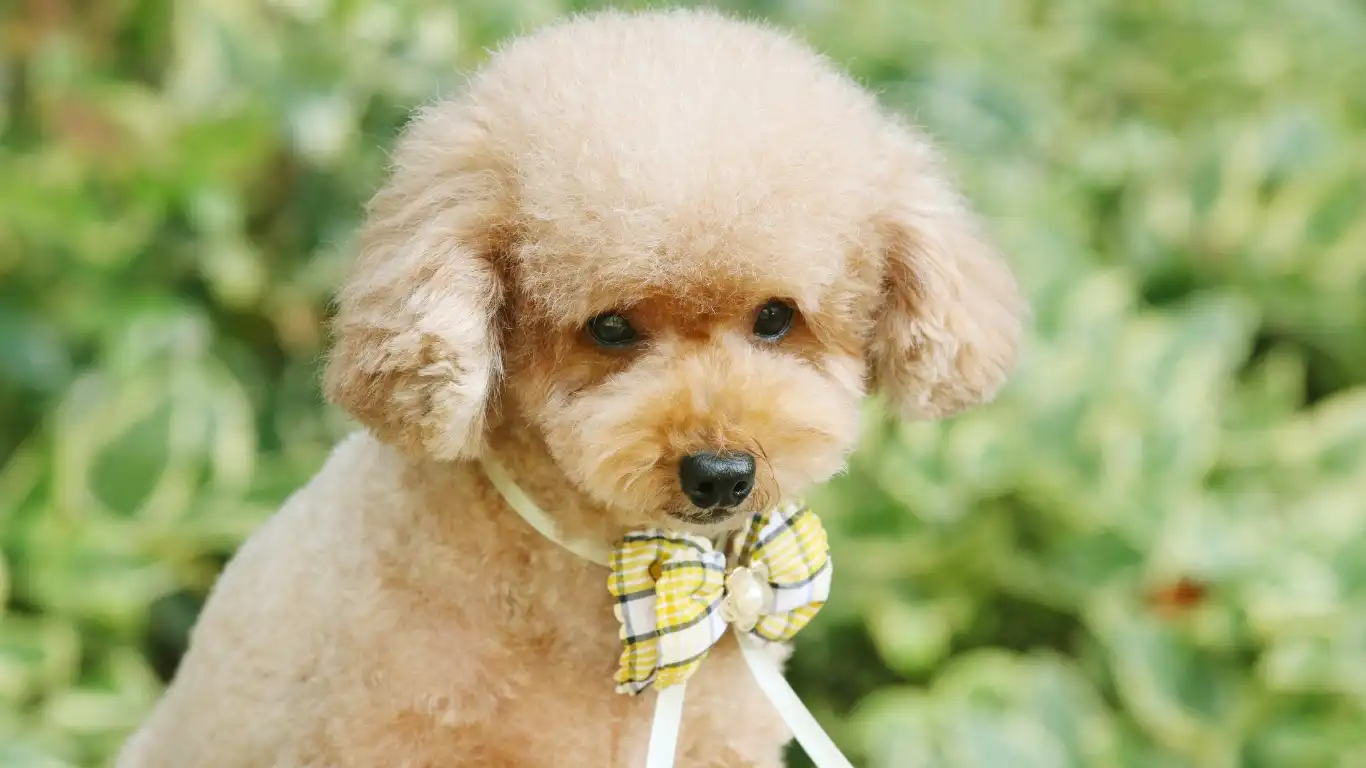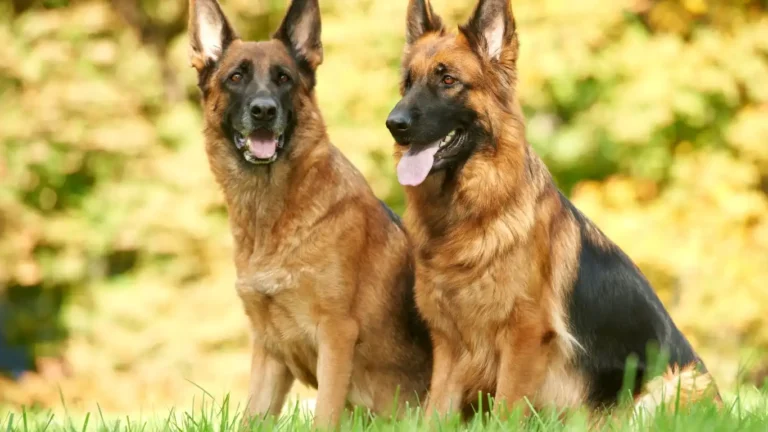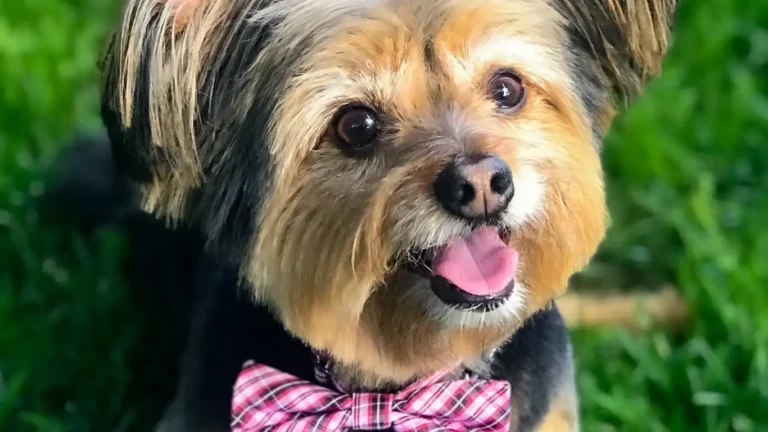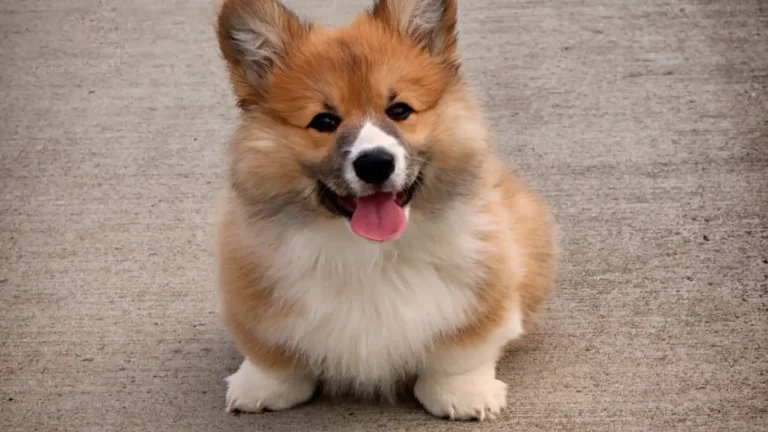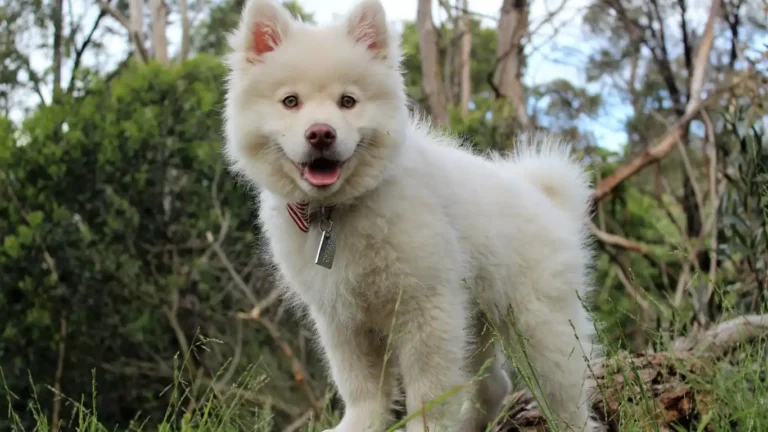Simple ways to help your dog get used to being groomed
Getting your dog comfortable with grooming can sometimes feel like trying to teach a cat to swim — tricky, frustrating, and a little nerve-wracking. But trust me, with the right approach, patience, and a bit of know-how, it doesn’t have to be a battle. Whether it’s nail trimming, brushing, or a full-on bath, knowing how to help your dog get used to being groomed is a game changer for both you and your furry friend. Speaking from my experience as a Veterinary Technician specializing in nutrition, I’ve seen firsthand how important it is to make grooming a positive, stress-free experience. When dogs feel safe and relaxed, grooming isn’t just easier — it actually strengthens your bond.
Understanding Why Grooming Can Be Stressful for Dogs
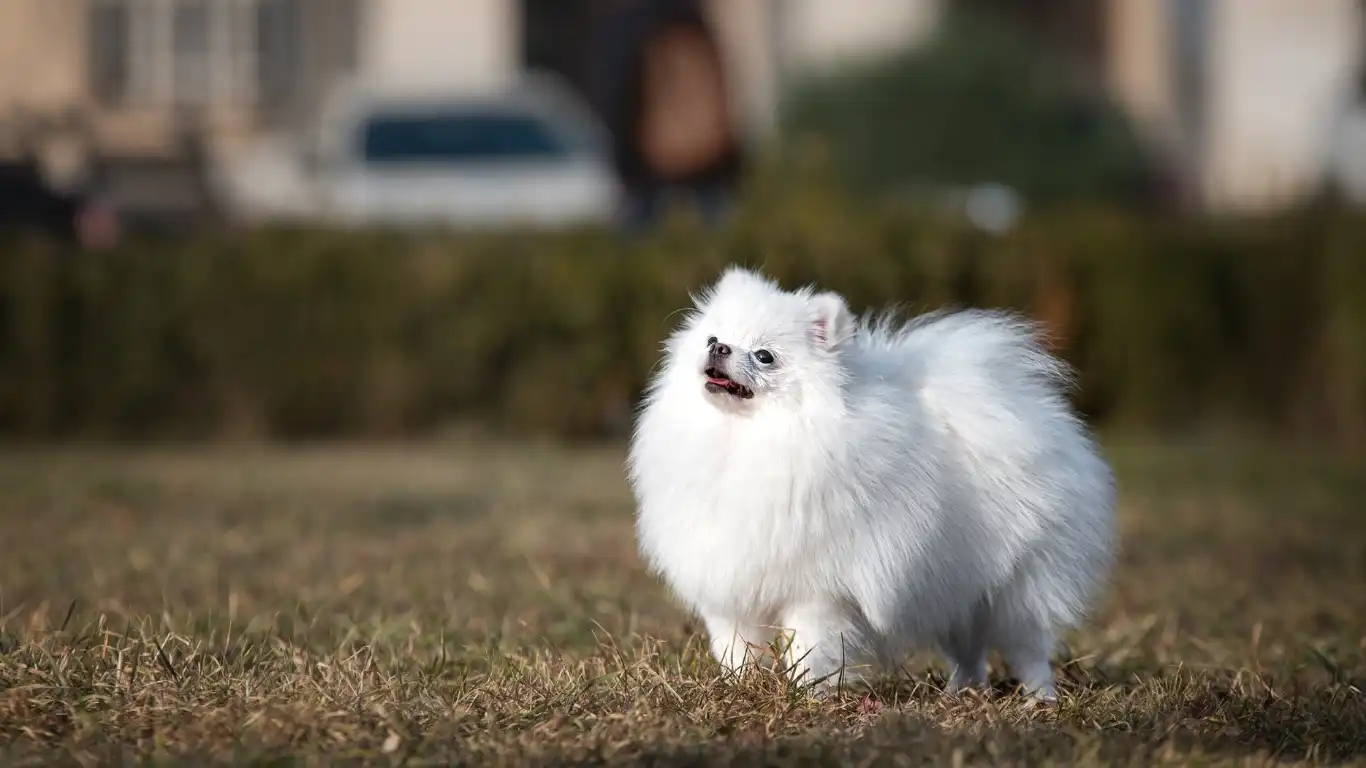
Dogs, just like people, can have different comfort levels when it comes to grooming. Some pups love the attention and pampering, while others might freeze up or even try to bolt at the first sign of a brush or nail clipper. It’s important to understand that grooming can sometimes trigger fear or discomfort — especially if the dog has had a negative experience in the past.
In my years as a vet tech, I’ve noticed that the biggest hurdle is often how grooming is introduced. Rushing the process, using tools that aren’t suited to the dog’s coat or temperament, or even simple unfamiliarity can all add up to a grooming nightmare. The good news? Most of these issues can be eased with some thoughtful preparation and patience.
Common Reasons Dogs Resist Grooming
- Fear of unfamiliar tools: Clippers, brushes, and nail trimmers can seem scary if your dog hasn’t encountered them before.
- Past negative experiences: A rough grooming session or accidental injury can leave a lasting impression.
- Sensitivity to touch: Some dogs have areas that are more sensitive, like paws or ears, making grooming uncomfortable.
- Lack of early socialization: Dogs not exposed to grooming early in life may find it intimidating.
How to Help Your Dog Get Used to Being Groomed: Start Slow and Build Trust

One of the most effective strategies I recommend is starting slow — really slow. Instead of diving straight into clipping nails or scrubbing down, begin by just letting your dog explore the grooming tools in a relaxed environment. Lay out the brush or nail clippers where your dog can sniff them without pressure. Reward curiosity with treats and praise.
Think of this stage as a gentle introduction rather than a full grooming session. It helps to build positive associations with the tools and the process. Over time, your dog starts to understand that these strange objects aren’t threats, but rather a part of a normal, loving routine.
Step-by-Step Approach to Making Grooming Enjoyable
- Introduce the tools gradually: Let your dog sniff and investigate brushes, combs, or nail clippers without any immediate grooming.
- Associate tools with rewards: Each time your dog interacts calmly with a grooming tool, give a tasty treat or gentle praise.
- Start with short sessions: Brush or touch your dog’s fur briefly, then stop and reward — keep these moments positive and short.
- Increase duration slowly: Gradually lengthen the grooming time as your dog becomes more comfortable.
- Use calming techniques: Soft tones, slow movements, and a relaxed posture all help your dog feel safe.
One tip I often share with pet parents is to groom in a quiet, comfortable space without distractions. This creates a peaceful environment where your dog can focus on the experience without added stress.
Practical Tips for Grooming Different Dog Breeds and Coats
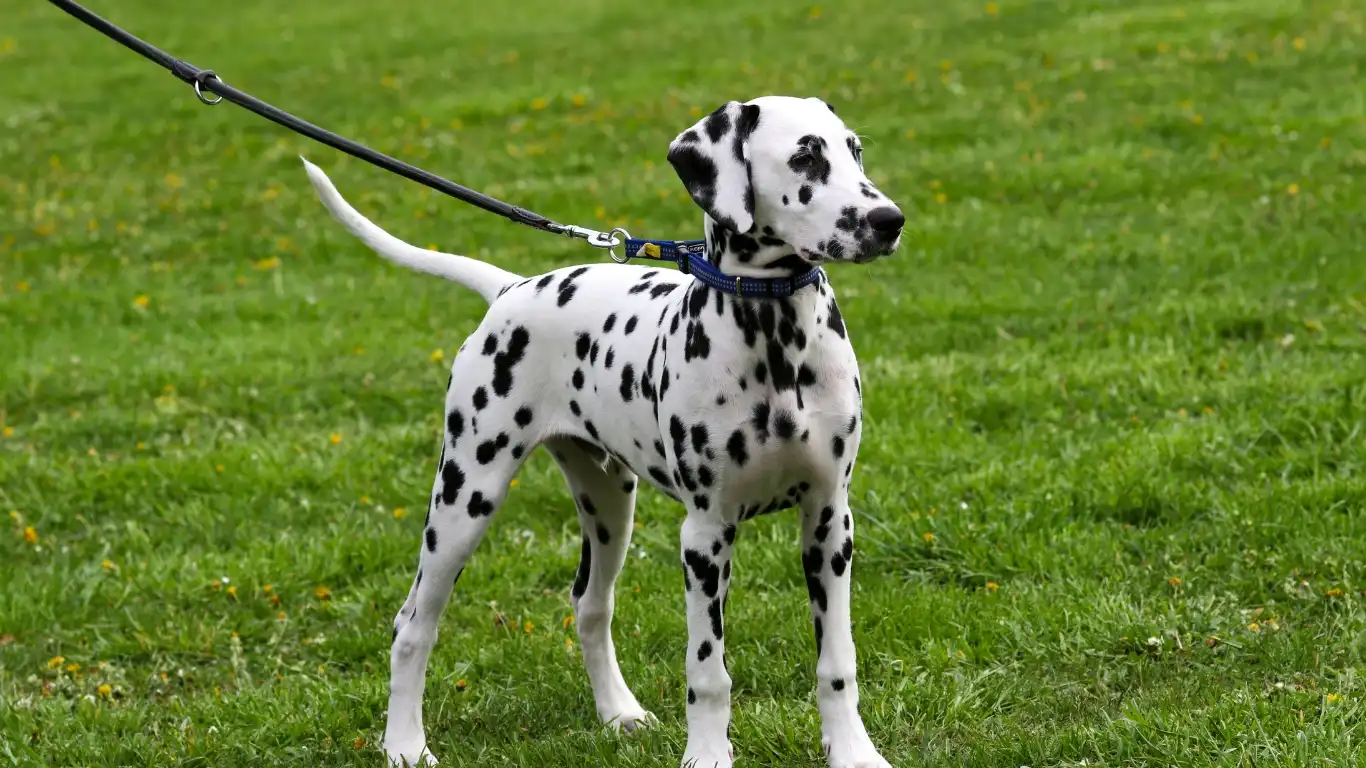
Every dog is unique, and their grooming needs vary a lot depending on their breed, coat type, and personality. One of the biggest lessons I’ve learned as a Veterinary Technician is that there’s no one-size-fits-all when it comes to grooming. What works wonders for a Labrador might not fly for a Poodle or a Shih Tzu.
When you’re figuring out how to help your dog get used to being groomed, it’s super helpful to tailor your approach based on their coat type. For example:
Short-Haired Dogs
- These pups generally require less intensive grooming, but regular brushing still helps keep their coat shiny and removes loose hairs.
- I usually recommend a soft-bristle brush or grooming mitt — it’s less intimidating and still effective.
- Because their coats are thinner, short-haired dogs tend to show skin irritations or dryness easily, so keep an eye out for any red or flaky spots.
Long-Haired and Double-Coated Breeds
- Breeds like Golden Retrievers, Huskies, or Maltese need more frequent brushing to prevent tangles and mats.
- Starting with a wide-tooth comb to gently detangle, then moving to a slicker brush works well.
- If mats are present, patience is key — try to gently work them out bit by bit, rewarding your dog often to keep things positive.
- Regular grooming also helps control shedding, which can be a lifesaver for keeping your home hair-free!
Curly or Coarse Coats
- Think Poodles or Bichons. These require consistent grooming to keep curls from turning into tight mats.
- Tools like dematting combs and scissors are often needed, but these can be scary for dogs if introduced abruptly.
- My advice? Use slow, calm movements and plenty of treats. If your dog seems overwhelmed, it’s okay to break sessions into shorter, more manageable chunks.
How to Help Your Dog Get Used to Being Groomed: Nail Trimming Without Tears
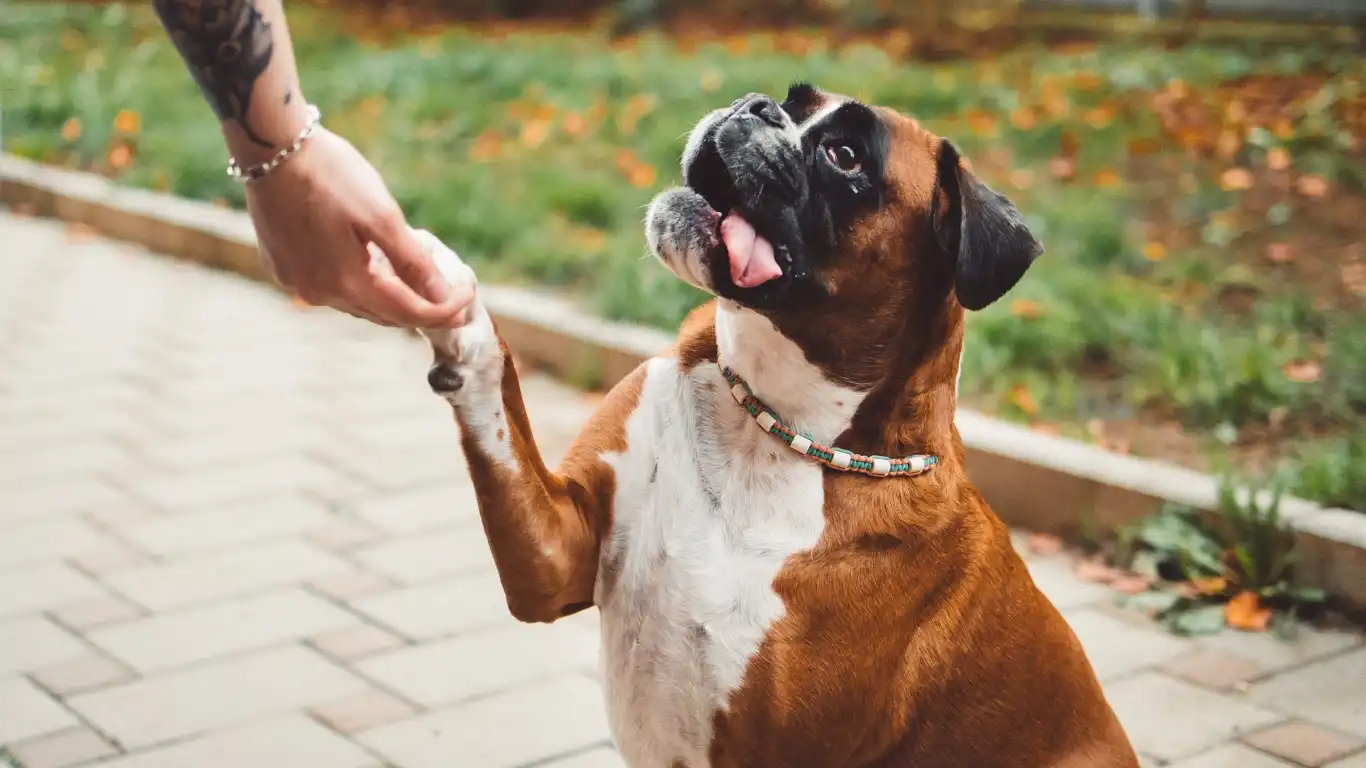
Nail trims are a common stumbling block — many dogs dislike it, and owners often dread the possibility of accidental nicks. I can’t stress enough how important it is to get your dog comfortable with nail trimming early on. When handled right, it can be a quick, painless part of your grooming routine.
Here’s a trick from my personal experience: let your dog get used to the sight and sound of the nail clippers without using them at first. You can even touch their paws gently while rewarding calm behavior, so they associate paw handling with positive vibes.
Step-by-Step Nail Trimming Routine
- Start with paw handling: Regularly pick up and gently massage your dog’s paws. Reward calmness.
- Introduce the clippers: Show them the clippers, let them sniff, and reward curiosity.
- Simulate clipping: You can gently press the clippers near the nails without cutting, paired with treats.
- Trim a tiny bit: When your dog is relaxed, trim just the very tip of one nail. Praise and treat immediately.
- Keep sessions short: If your dog gets stressed, stop and try again later. It’s better to trim a little at a time than to force a full session.
Remember, a calm environment and a confident, gentle approach can do wonders. I often tell pet parents: if you’re relaxed, your dog will pick up on that energy and feel safer.
Bath Time: Turning a Stressful Event Into a Spa Day

Bathing is another area where dogs can get really anxious. The sounds, the feeling of water, the slippery surfaces — all of it can be overwhelming. Over the years, I’ve found that prepping your dog and creating a calm atmosphere can completely transform bath time.
One of the biggest misconceptions is that a bath needs to be a huge ordeal — but really, short, gentle sessions with lots of praise work best. If your dog’s not a fan of water, start by introducing them to a damp cloth or sponge to rub their body, then slowly progress to light rinses.
Tips for a Calm, Easy Bath
- Use lukewarm water — too cold or too hot can cause discomfort.
- Choose a dog-specific shampoo, preferably gentle and hypoallergenic, to avoid irritation.
- Keep sessions brief and rewarding. Praise your dog often and maybe toss in a favorite treat afterward.
- If your dog is nervous about slippery tubs, a non-slip mat can make a huge difference.
- Consider using a handheld sprayer for more control and less noise.
Trust me, when you take the time to approach bath time with patience and care, you’ll see your dog gradually go from stressed to relaxed — sometimes even enjoying the experience!
Making Grooming a Positive, Ongoing Experience for Your Dog
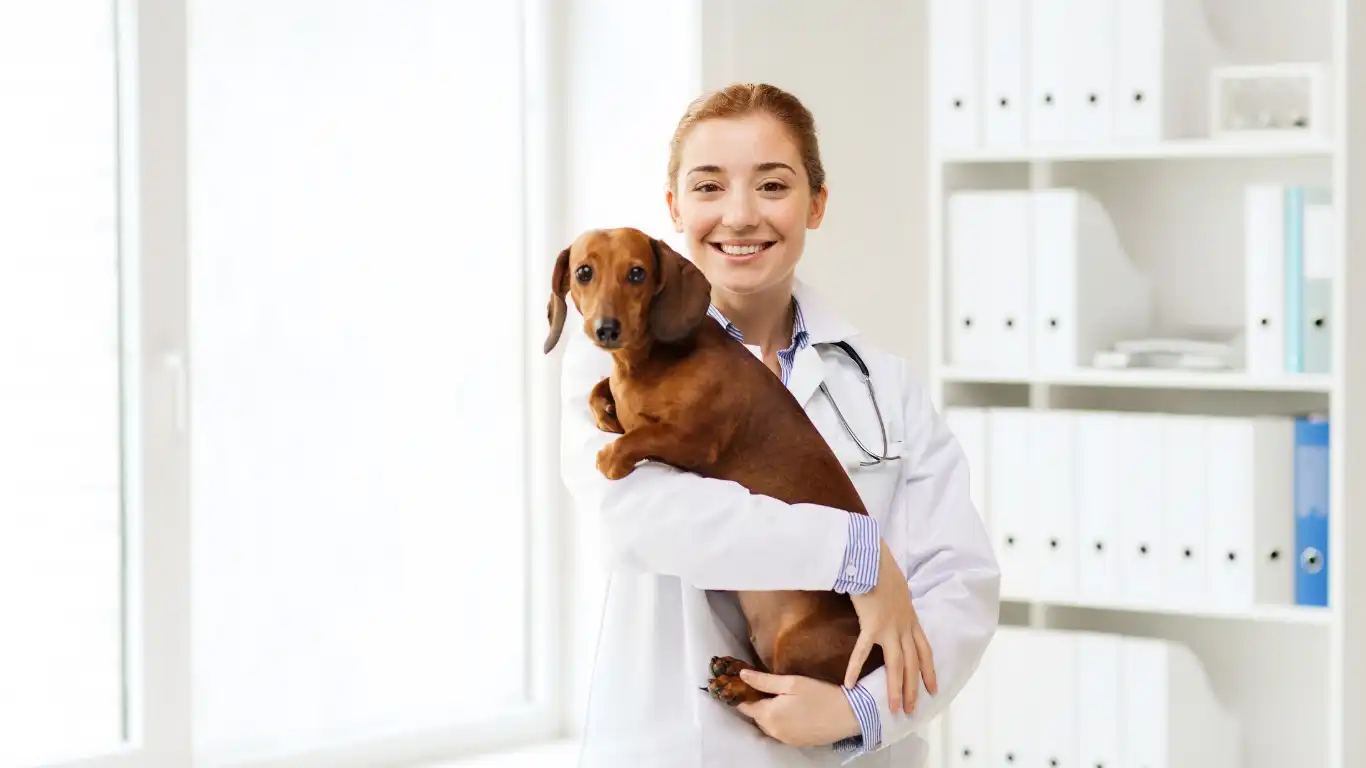
One of the most rewarding parts of my work as a Veterinary Technician has been helping pet parents see that grooming doesn’t have to be a dreaded chore — it can actually be a special bonding time. After all, dogs are incredibly intuitive and respond so well to kindness, patience, and consistency.
So, how do you keep that good vibe going after you’ve helped your dog get used to being groomed? The secret lies in making grooming a regular, stress-free part of your routine and always ending on a high note.
Consistency Is Key
Whether it’s brushing, nail trimming, or baths, keeping up with regular grooming sessions helps your dog stay familiar and comfortable with the process. Try to stick to a schedule that works for your dog’s breed and coat type, but don’t hesitate to adjust based on their mood and tolerance on any given day.
Personally, I’ve found that even short daily brush sessions — just a few minutes — can make a huge difference. Not only does it reduce mats and shedding, but it also helps your dog get used to being handled all over their body, which is a big plus for vet visits or unexpected care needs.
Use Positive Reinforcement Every Time
Never underestimate the power of treats, praise, and affection. I always recommend pairing grooming with something your dog loves, whether that’s a special treat, a favorite toy, or simply lots of verbal encouragement. This helps your dog build strong positive associations and look forward to grooming rather than dread it.
Know When to Call in the Professionals
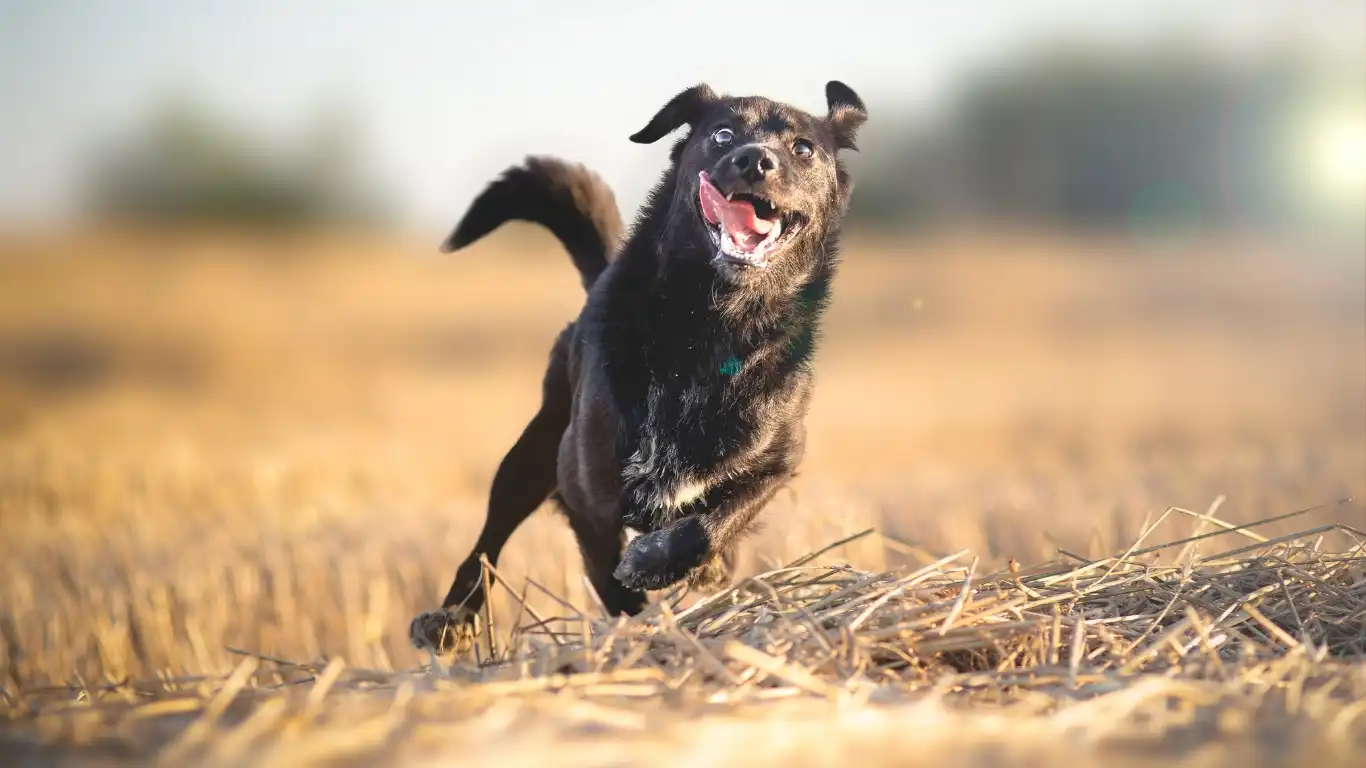
Despite your best efforts, some dogs might still find certain grooming tasks challenging or stressful. This is totally normal! If you’re struggling, or if your dog has a particularly thick or complicated coat, seeking help from a professional groomer can be a lifesaver.
Professional groomers have the experience, tools, and techniques to handle all sorts of dogs — and they know how to keep your pet calm and comfortable. Plus, a groomer can spot skin issues, parasites, or other health concerns early on, which is why partnering with a vet-approved groomer is a smart move.
Remember, grooming is not just about looks — it’s about keeping your dog healthy, comfortable, and happy.
Additional Tips from a Veterinary Technician’s Perspective
- Monitor your dog’s health during grooming: Check for lumps, bumps, skin irritations, or signs of infection while you groom. Early detection can save a lot of trouble.
- Maintain clean tools: Dirty brushes or clippers can cause infections. Regularly clean and disinfect grooming tools.
- Adapt grooming to your dog’s age and health: Older dogs or those with health issues may need gentler handling and shorter sessions.
- Stay calm and patient: Your energy affects your dog. If you stay relaxed, your dog is more likely to feel safe and cooperative.
One of the most rewarding parts of my job has been watching dogs transform from fearful to confident during grooming. It takes time, but with kindness and consistency, most dogs can learn to enjoy or at least tolerate grooming — which benefits their health and your peace of mind.
References
Disclaimer
The information provided here is based on my experience as a Veterinary Technician and is intended for educational purposes only. It should not replace professional veterinary advice. Always consult with your veterinarian or a qualified grooming professional for specific guidance tailored to your dog’s health and needs.
